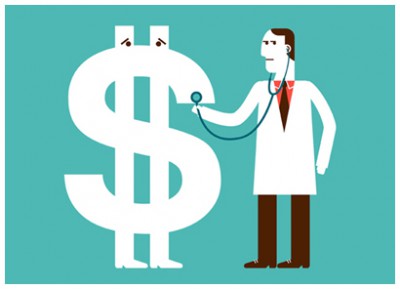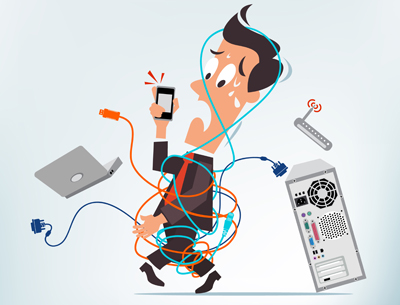I’m often asked, ‘If you could snap your fingers and do some things to accelerate the adoption of connected health, what would they be?’ I’ve resisted responding, thinking that things are not so simple and reducing the keys to adoption to a list is unrealistic. However, I have been thinking lately about the cultural and business phenomena that are currently shaping and accelerating the adoption of connected health and, in that context, came up with five accelerants.
I’m often asked, ‘If you could snap your fingers and do some things to accelerate the adoption of connected health, what would they be?’ I’ve resisted responding, thinking that things are not so simple and reducing the keys to adoption to a list is unrealistic. However, I have been thinking lately about the cultural and business phenomena that are currently shaping and accelerating the adoption of connected health and, in that context, came up with five accelerants. The best part of the story is that four of the five are already going on and we can see their early-stage effects.
So, at the risk of ‘dumbing down’ adoption, here is my list of five accelerants. If we could make these go faster, the adoption of connected health would accelerate too.
1. Increase value-based reimbursement for providers.
The more providers are financially rewarded for outcomes/quality and efficiency, the more they will be receptive to virtual care. This is more acute in situations where providers take on downside risk, i.e., they lose money if they do not achieve the targets mentioned above. Virtual care enables improved efficiency by allowing us to scale our human resources across more individuals/patients. It enables improved quality by enhancing ‘just-in-time’ decision-making. And, patients are almost universally in favor of it. For instance, a recent survey showed that 64% of consumers were receptive to virtual visits with their doctor.
2. Create more mechanisms for provider reimbursement for non face-to-face care (like the new CMS CPT code that just took effect).
This may seem counterintuitive given the first accelerant, but even when providers go at risk, they still need ways to document their effort. We could just put everyone on a salary, but even then, it seems administrators need evidence of actual units of work. The Centers for Medicare and Medicaid Services’ newest CPT code includes reimbursement for telemedicine services, which is exciting because it enables clinicians to envision a mechanism where they can be financially rewarded for providing chronic care management. More codes like this would be a tremendous accelerant.
3. Accelerate consumer choice in the marketplace as well as ‘consumer-driven health care’ (i.e., high deductible plans, health savings accounts (HSAs), etc.).
It’s been fun to watch how health insurance exchanges have affected the dynamic between insurers and consumers. Insurers were used to selling to employers (human resource professionals) and having the employers do the work selling the plans. Health plans must now go direct to consumer, forcing them to explain in plain English what health insurance means and how it works. On the consumer side, it has put the cost of health care in the consciousness of consumers. The cost-conscious consumer will likely prefer virtual care because it keeps care out of the high cost part of the system. High deductible plans and health savings accounts (HSAs) draw consumers into the conversation of health care costs. If we offer a virtual service for two-thirds the cost of a face-to-face service, you can bet consumers will flock, if they have a deductible to spend down or if it’s coming out of their HSA.
4. Make the consumer-facing technology truly frictionless.
This includes a mix of wish-list items, all designed to make it effortless for consumers to participate in connected health. We’ve found that even the effort to find an app in the app store, download it and create an account can impede adoption. It seems that people will do it for Snapchat or Trivia Crack, but not to improve their health. Likewise with all of the effort required to set up wearables and sensors so that their data flows to the right place. This needs to be simplified. Standards have a role to play here. My favorite example of this is USB. If you lived through the time where printers had one cable, your mouse/keyboard had another and other peripherals still another, you appreciate how powerful standards can be. USB allows us to easily connect and plug them in without extra effort. Bluetooth Low Energy is becoming that important connection for wearables, but it has a ways to go.
5. Create a universal privacy/security technology and make it a public good.
This is the most pie-in-the-sky idea. I believe it is important to solve the problem of privacy and security within that same envelope of frictionless technology. There are products on the market today that add layers of security in connected health, but they require the consumer to take extra steps and they are expensive. The scandals with the NSA, the multiple credit card breaches and the periodic stories on how Facebook is secretly manipulating your data are all a big setback for the adoption of connected health. We have to create a system in which consumers can share their health data with minimal extra effort, but also with minimal worry about whether it will be hacked.
I came up with these five accelerants in a moment of creativity. Do you agree? What did I miss?











